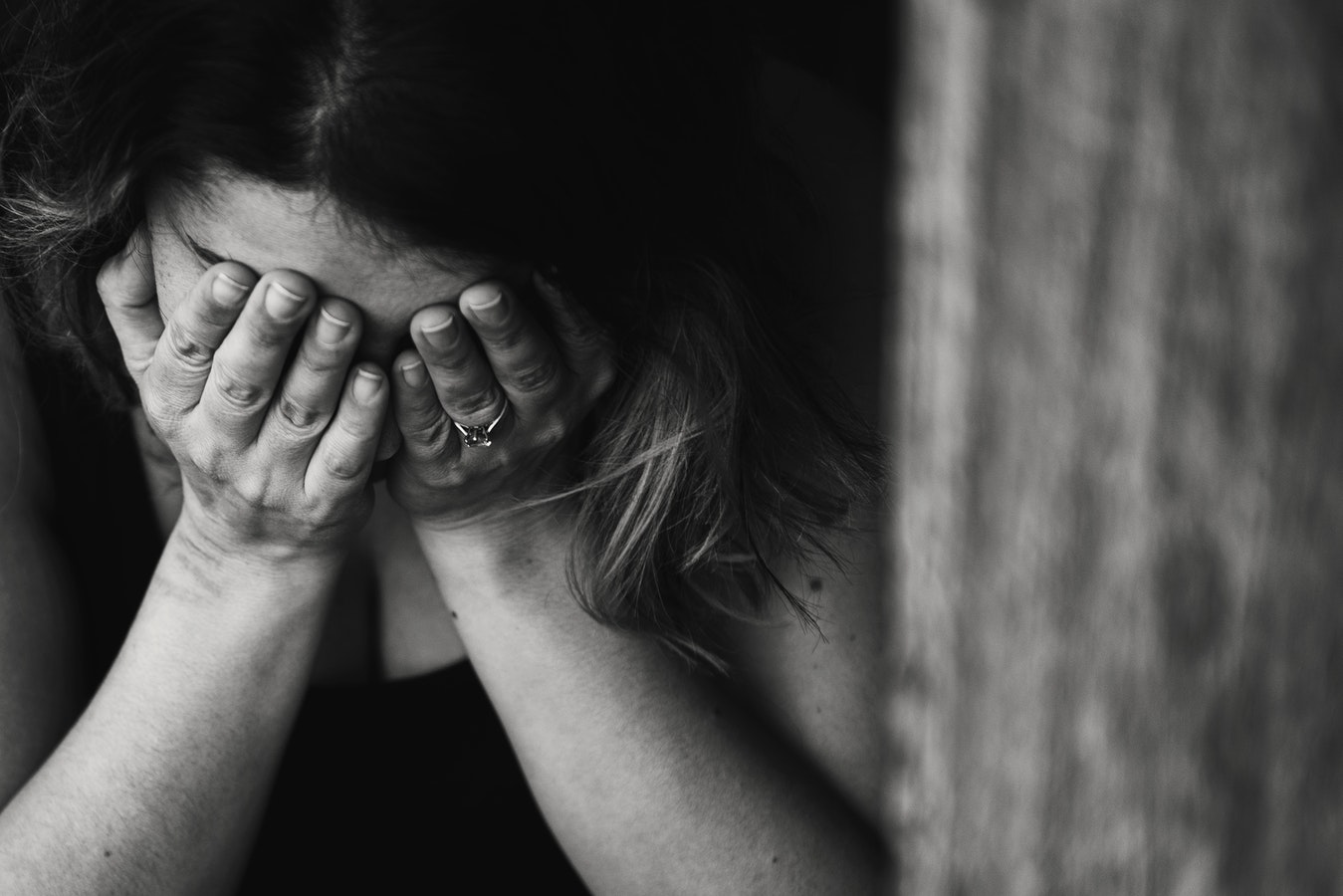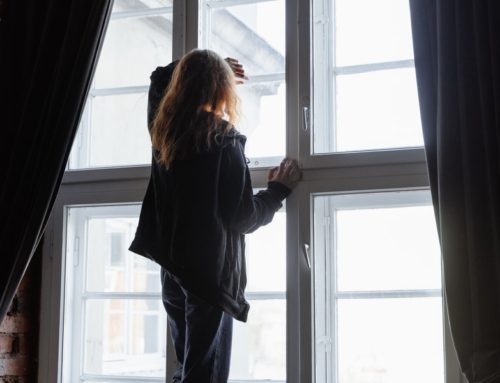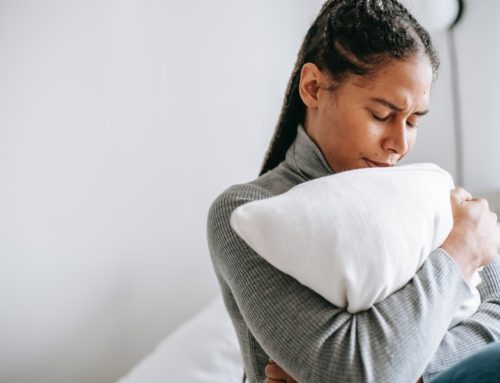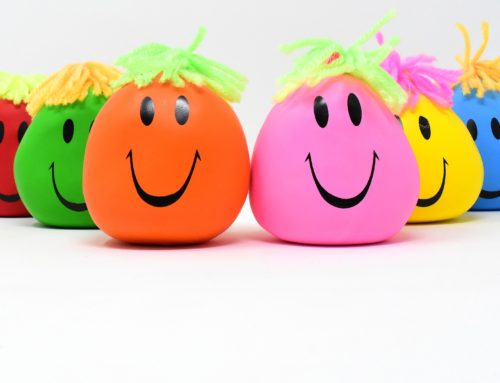Depression refers to a family of psychological disorders characterized by all-consuming feelings of deep sadness that affects every aspect of life. A person suffering from depression also has marked changes in their usual attitudes, energy levels, and ability to function in day-to-day life. There’s no universal pattern for depression. It affects everyone a bit differently. Factors that seem to increase the risk of developing or triggering depression include:
The most common form of depression, major depression, affects about 6.7% of the US population over age 18. Some people have one episode of major depression in their lives while others experience it periodically throughout their lives. About twice as many women as men seek treatment for major depression.
These are some of the more common kinds of clinical depression[2]:
- Dysthymia is a depressed mood lasting for a minimum of two years. A person with dysthymia has periods of major depression separated occasional by brief, slight lightening of depressive symptoms.
- Postpartum depression is not “baby blues.” It’s a far more serious condition that many women experience after childbirth. Postpartum depression is major depression during pregnancy or after delivery. Women suffer extreme sadness, elevated anxiety, and extreme fatigue that doesn’t taper off.
- Seasonal affective disorder is depression that starts during the lessened sunlight conditions of the winter months. This kind of depression generally eases gradually during spring and summer, until a normal mood returns. This cycle repeats according to the seasons every year.
- Bipolar disorder isn’t in the same family of disorders as depression and not quite the same but warrants mentioning here. People with bipolar disorder have episodes of severely low moods that meet the criteria for major depression, yet also experiences (at least once) an extremely high, euphoric mood called “mania.” Mania can also manifest as extreme irritability. People with bipolar disorder don’t have to bounce from one extreme to the other but must have had at least one episode of major depression and one episode of mania to meet criteria.
Depression isn’t just feelings of unremitting sadness. Although not everyone experiences the exact same signs and symptoms of depression and depressive disorders, all the following are often experienced as part of major, or clinical depression:
- Poor concentration
- Indecisiveness, or a feeling of being lost in one’s own life
- Increased fatigue
- Marked change in sleep patterns, either insomnia or sleeping too much
- Loss of interest in activities (anhedonia)
- Feeling sluggish or aimlessly restless
- Recurring thoughts of guilt, worthlessness, or hopelessness
- Recurrent thoughts of death or suicide
Depression can become totally incapacitating and lead to ongoing thoughts of death or suicide. Suicide arising from depression is a real threat and an unfortunately common outcome of untreated depression. Consider how often suicide is referenced in popular culture, e.g., Prozac Nation, The Butcher Boy, ‘night, Mother, The Prince of Tides. In each of those instances, depression went untreated until it became advanced, with death as a direct result in The Butcher Boy and ‘night, Mother.
All varieties of depression can be treated. Psychotherapy (“talk therapy”) coupled with medication is one of the most effective treatments for moderate to severe depression, although psychotherapy and improved coping skills alone one can be tremendously helpful for mild to moderate depression.
If you or a loved one is regularly experiencing symptoms similar to those listed in this post, seek help from your local Spokane healthcare professional. Reach out to Damaris through her contact page or calling 509-342-6592.
[2] https://www.nimh.nih.gov/health/topics/depression/index.shtml






